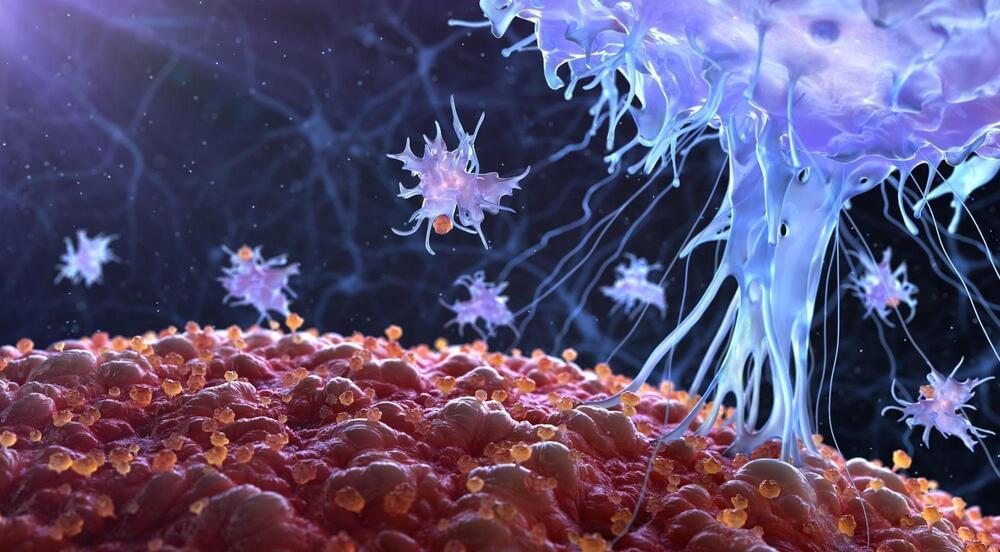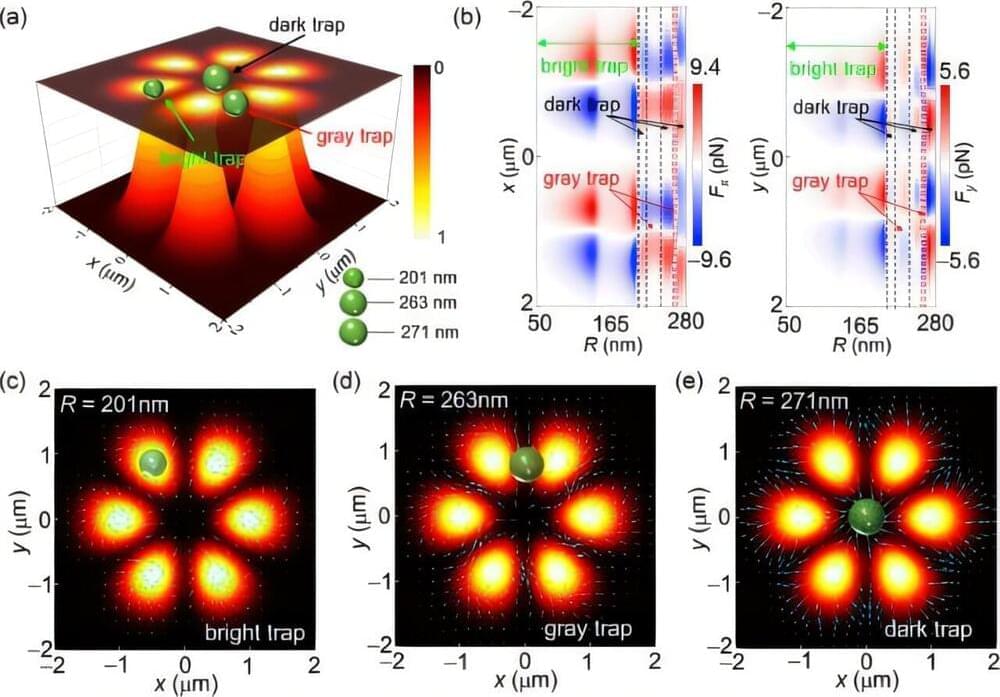Dec 29, 2024
Simple Dietary Supplement Could Supercharge Cancer-Fighting Immune Cells
Posted by Genevieve Klien in categories: bioengineering, biotech/medical, genetics
A dietary supplement may offer a novel way to enhance the effectiveness of CAR T cell therapy, according to a study conducted by researchers at the Perelman School of Medicine and the Abramson Cancer Center at the University of Pennsylvania. Although this method requires validation through clinical trials, early findings—recently presented during a press briefing at the 66th American Society of Hematology (ASH) Annual Meeting and Exposition—suggest a potentially affordable and accessible strategy to improve CAR T cell functionality and cancer-fighting capabilities.
CAR T cell therapy, first developed at Penn Medicine, is a personalized cancer treatment that reprograms a patient’s immune cells to target and destroy cancer cells.
“Thousands of patients with blood cancers have been successfully treated with CAR T cell therapy, but it still doesn’t work for everyone,” said co-lead author Shan Liu, PhD, a postdoctoral fellow who presented the study at ASH. “We took an outside-the-box approach to improve CAR T cell therapy, by targeting T cells through diet rather than further genetic engineering.”

















